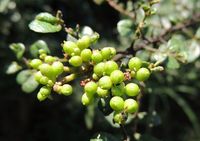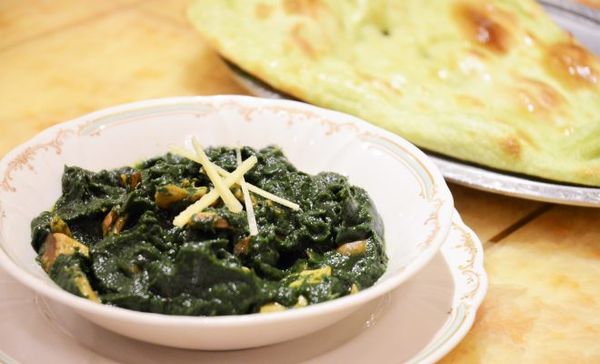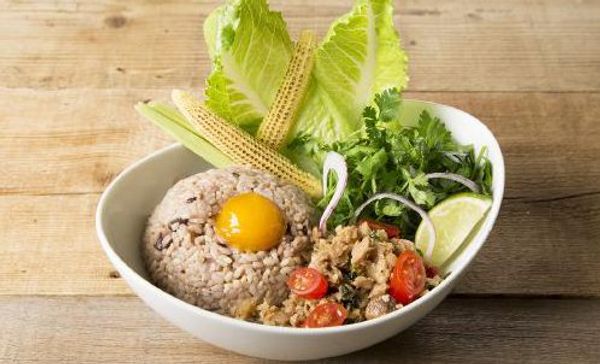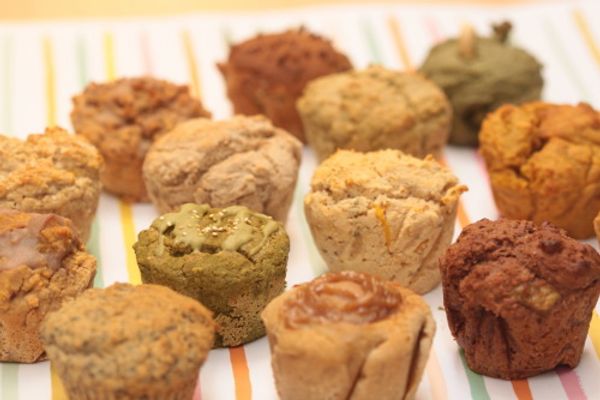Umeboshi: Have You Had Your Pickled Plum Today?
Updated:2019/02/01 Created:2017/03/13

There is a belief amongst many in Japan that a pickled plum (“umeboshi” in Japanese) helps keep the doctor away. This belief in the health benefits of picked food is of course not distinctively Japanese, as people the world over pickle all types of food. Even still, pickling a juicy plum may come as something surprising to many.
The post pickling plum ends up a shriveled but still juicy specimen. The skin firms up, hiding deep wrinkles in its folds. Beyond this if the fleshy, salty, tart meat, with a pit at the center. There are umeboshi large and small, and some are more smooth than wrinkly. The cheapest varieties are rather tiny and not so soft. Umeboshi connoisseurs choose their plums based on size, sourness, and saltiness criteria. Beginners should start with the more mild varieties if possible, because the hard core umeboshi can really pack a punch!
Just when and how should you make umeboshi part of your day? Indisputably, umeboshi’s best friend is plain, steamed white rice. Sometimes umeboshi can be found in the center of a rice ball, or sometimes placed on top of a serving of rice. Chazuke (a type of rice soup enjoyed at the end of a meal) is another popular way to wedge those health benefits into your day. When all else fails, there’s always the simple act of just popping one in your mouth when the mood strikes! But one a day is probably sufficient, especially if you are on a restricted salt diet.
If you find yourself in the Kyoto or Osaka areas, and you are ready for a deep dive into the world of umeboshi, take a trip down south to Wakayama prefecture. This is the umeboshi capital of Japan, which means there are countless opportunities to see the plums growing, being processed, and sold. Sampling is encouraged!








![Anti-Aging with Soymilk and Yakuzen. Do Try the Vegan Ramen with Soymilk Konnyaku Noodles! Tasty and Healthy Eats at Gavy Setagaya. [Kamimachi]](https://ik.imagekit.io/ftoobeznjtf/tr:w-600/16991)